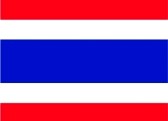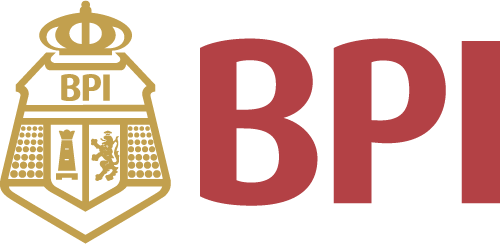All Categories
The World Atlas of Coffee: From Beans to Brewing -- Coffees Explored, Explained and Enjoyed
Share Tweet
*Price and Stocks may change without prior notice
*Packaging of actual item may differ from photo shown
- Electrical items MAY be 110 volts.
- 7 Day Return Policy
- All products are genuine and original








About The World Atlas Of Coffee: From Beans To Brewing
Product Description Professionals and enthusiasts alike will love this beautiful book by James Hoffmann. From overviews of the world's most vibrant coffee-growing regions, to step-by-step brewing tutorials, the content is educational, thought-provoking, and substantial. I've already recommended this book to Barista Magazine readers countless times. -- Sarah Allen, Editor Barista Magazine A beautiful world guide to the brown bean. Taking the reader on a global tour of coffee-growing countries, The World Atlas of Coffee presents the bean in full-color photographs and concise, informative text. It shows the origins of coffee -- where it is grown, the people who grow it; and the cultures in which coffee is a way of life -- and the world of consumption -- processing, grades, the consumer and the modern culture of coffee. Plants of the genus Coffea are cultivated in more than 70 countries but primarily in equatorial Latin America, Southeast Asia and Africa. For some countries, including Central African Republic, Colombia, Ethiopia, and Honduras, coffee is the number one export and critical to the economy. Organized by continent and then further by country or region, The World Atlas of Coffee presents the brew in color spreads packed with information. They include: The history of coffee generally and regionally The role of colonialism (for example, in Burundi under colonial rule of Belgium, coffee production was best described as coercive. Every peasant farmer had to cultivate at least 50 coffee trees near their home.) Map of growing regions and detail maps Charts explaining differences in growing regions within a country Inset boxes (For example, what is the Potato Defect? Is Cuban coffee legal in the United States?) The politics of coffee and the fair trade, organic and shade grown phenomena Beautiful color photographs taken in the field. Americans consume 400 million cups of coffee per day, equivalent to 146 billion cups of coffee per year, making the United States the leading consumer of coffee in the world. The World Atlas of Coffee is an excellent choice for these coffee lovers. Review This is the first book to chart the coffee production of over 35 countries, encompassing knowledge never previously published outside the coffee industry. For everyone who wants to understand more about coffee and its wonderful nuances and possibilities, this is the book to have. ( Book Authority 2019-12-01) This beautiful hardcover book does a thorough job of cataloging all aspects of modern coffee varieties, growing methods, importing and trading concerns, roasting techniques, and coffee preparation methods. If you are interested to learn more about the fascinating world of coffee, The World Atlas of Coffee is a great place to start. The book begins by introducing the reader to coffee itself including its anatomy, genetics, and varieties. It then moves into a detailed description of growing, harvesting, and processing techniques. From there, the reader is taken along the journey of trading and importing. With these basics established, Hoffmann takes us into an overview of roasting, buying and storing, tasting, and preparation methods... The real heart of this book, though is in the Coffee Origins section. The origin of the coffee we drink can dictate so much about the social impact of our coffee buying decisions, the potential flavor of our coffee, and the overall quality of the final prepared cup. Roughly half of the book is dedicated to describing the various countries and regions in which coffee is grown. The regions cataloged cover three continents and 29 different countries... As you enter the world of specialty coffee, this book can be an excellent high level guide to help you navigate the different varieties, origins, and production methods used in the industry... It will make a beautiful edition to any coffee table and offers some interesting reading that will surely enhance your morning cup. ( Flattop



























